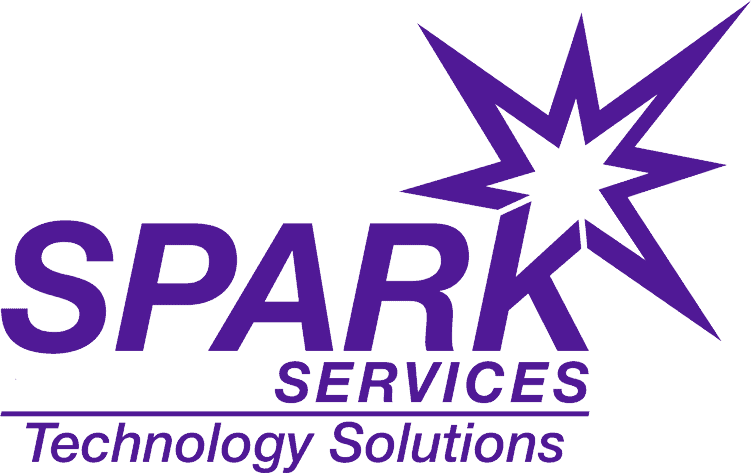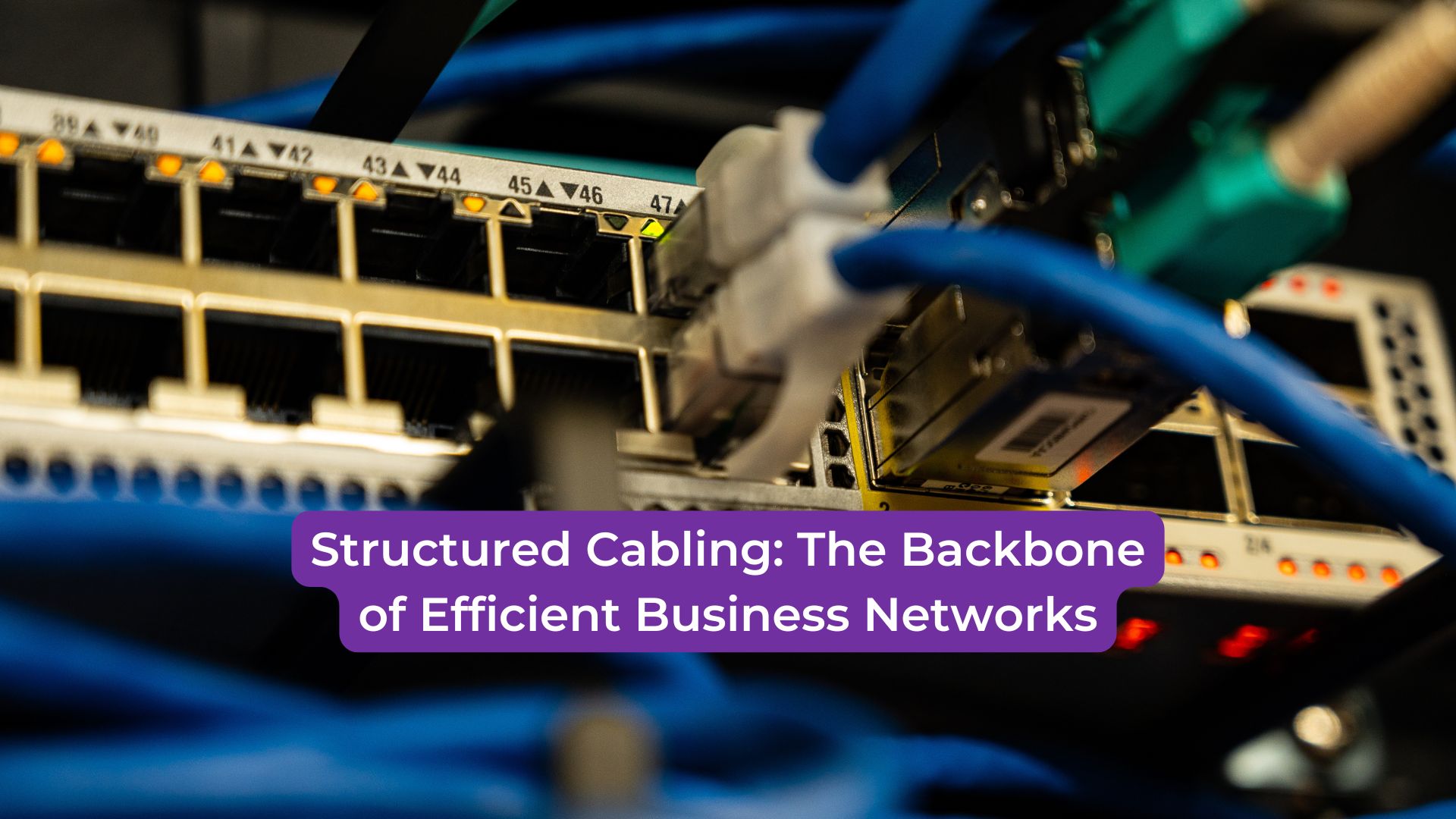In today’s fast-paced digital world, businesses rely heavily on a strong, reliable network infrastructure. One of the critical components that ensures seamless communication and efficient data transfer within a company is structured cabling.
Whether you’re setting up a new office or upgrading an existing network, understanding the importance of structured cabling can help enhance your business’s overall performance.
What is Structured Cabling?
Structured cabling is the standardized system used to set up data transmission networks. It involves a series of cables and components that provide a reliable network, capable of handling voice, data, and video.
Unlike traditional wiring setups, structured cabling is designed to be scalable, flexible, and future-proof. It consists of several key components, including cables, connectors, patch panels, and network equipment that all function in harmony to ensure your business’s connectivity needs are met.
Benefits of Structured Cabling
- Improved Network Performance:
Structured cabling ensures that data transmission flows smoothly without interruptions. The organized setup minimizes interference, leading to faster speeds and more reliable connections. Whether it’s transferring large files or maintaining communication during video calls, a structured cabling system ensures your network is optimized for high performance. - Simplified Troubleshooting:
One of the key advantages of structured cabling is the ease of troubleshooting. With a well-organized system, it’s much easier to identify and fix network issues. Whether you’re experiencing a connectivity problem or need to identify the root cause of a slowdown, structured cabling reduces the time and effort spent on maintenance and repairs. - Scalability and Flexibility:
As your business grows, so do your network needs. Structured cabling provides the flexibility to add more connections or upgrade your system without having to overhaul the entire infrastructure. It offers a future-proof solution, allowing you to scale your network as needed while maintaining high levels of efficiency. - Cost-Efficiency:
Initially, the cost of implementing a structured cabling system might seem high, but in the long run, it offers significant cost savings. With fewer cables, simplified maintenance, and faster troubleshooting, businesses can avoid the high costs associated with network downtime and inefficient systems. Additionally, the ability to scale your network without constant upgrades makes it a cost-effective investment for the future. - Enhanced Security:
Structured cabling also plays a role in improving network security. A well-organized cabling system is easier to secure, making it less prone to unauthorized access or physical damage. Properly labeled and shielded cables can help prevent accidental disconnections and unauthorized interference with the network.
How Structured Cabling Supports Modern Business Operations
Today’s businesses are more dependent on their networks than ever before. Cloud computing, virtual collaboration tools, VoIP systems, and large-scale data storage all require a robust and reliable network infrastructure.
Structured cabling provides the foundation that supports these modern business operations, ensuring seamless integration of all digital tools and systems.
Whether your business requires a simple local area network (LAN) setup or a complex enterprise network, structured cabling ensures that all the components work together efficiently.
It allows different network services to share the same cabling infrastructure without compromising performance, making it an essential element of any modern business setup.
Why Choose Structured Cabling for Your Business?
- Customization: Every business has unique needs, and structured cabling can be tailored to meet those specific requirements. Whether you need to support data centers, security systems, or wireless access points, structured cabling provides the flexibility to design a system that fits your business.
- High Capacity for Data: Businesses today handle vast amounts of data daily. Structured cabling ensures that your network can support high-speed data transfers without degrading performance, even as your data needs grow.
- Reduced Network Downtime: A disorganized network setup can result in downtime, negatively impacting productivity. Structured cabling minimizes this risk by offering a more reliable and organized system, reducing the chances of interruptions and boosting overall network uptime.
The Role of Structured Cabling in Future-Proofing Your Business
With technology rapidly evolving, it’s essential to plan for the future. Structured cabling is designed to be flexible enough to accommodate future technologies and updates, making it a long-term solution for your business network.
By investing in structured cabling today, businesses can rest assured that their network infrastructure will be ready for tomorrow’s advancements.
How SPARK Services Can Help
At SPARK Services, we understand the importance of a strong and reliable network foundation. Whether you’re looking to install structured cabling for a new office or upgrade your current system, our team of experts can help design and implement the perfect solution for your business needs.
We offer tailored solutions that ensure maximum efficiency, scalability, and reliability, all while keeping your network future-ready.
Let SPARK Services help you build the backbone of your business network with structured cabling that ensures high performance for years to come.
For more information on how we can assist with your network needs, get in touch with SPARK Services today!
By incorporating structured cabling into your business’s infrastructure, you ensure a solid foundation that supports future growth and improves the overall network efficiency, which is key to a successful and seamless business operation.




